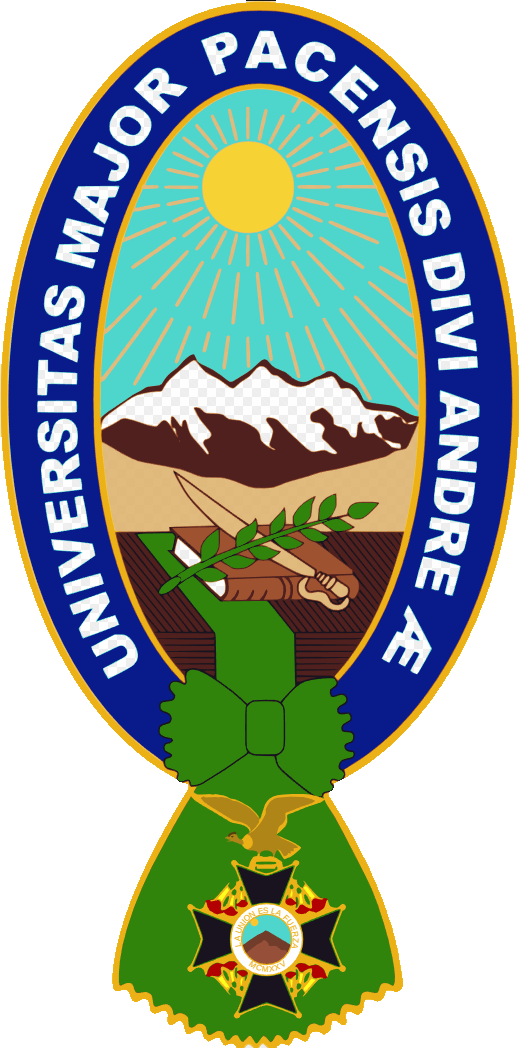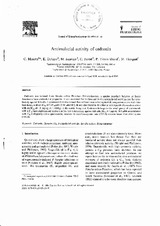Mostrar el registro sencillo del ítem
Antimalarial activity of cedronin
| dc.contributor.author | Moretti, C | |
| dc.contributor.author | Deharo, E | |
| dc.contributor.author | Sauvain, M | |
| dc.contributor.author | Jardel, C | |
| dc.contributor.author | Timon David, P | |
| dc.contributor.author | Gasquet, M | |
| dc.date.accessioned | 2019-06-14T13:32:36Z | |
| dc.date.available | 2019-06-14T13:32:36Z | |
| dc.date.issued | 1994 | |
| dc.identifier.uri | http://repositorio.umsa.bo/xmlui/handle/123456789/21372 | |
| dc.description.abstract | Abstract. Cedronin was isolated from Simaba cedron Planchon (Simaroubaceae), a species popularly believed in South America to have antimalarial properties. It was examined for in vitro and in vivo antimalarial activities and for cytotoxicity against KB cells. Experimental results showed that cedronin was active against chloroquine-sensitive and resistant strain, with an IC₅₀ of 0.25 µg/ml (0.65 µmol/ml). It was also found to be active in vivo against Plasmodium vinkei with an IC₅₀ of 1.8 mg/kg (4.7 nM/kg) in the classic 4-day test. Cedronin belongs to the small group of quassinoids with a C₁₉ basic skeleton and shows a rather low cytotoxicity against KB cells (IC₅₀ = 4 µg/ml, 10.4 µM) as compared with C₂₀ biologically active quassinoids; however its toxic/therapeutic ratio (10/1.8) remains lower than chloroquine (10/0.5). | es_ES |
| dc.language.iso | en | es_ES |
| dc.publisher | Journal of Ethnopharmacology | es_ES |
| dc.subject | ACTIVIDAD ANTIMALARIAL | es_ES |
| dc.subject | CEDRONIN | es_ES |
| dc.subject | SIMBA CEDRON | es_ES |
| dc.title | Antimalarial activity of cedronin | es_ES |
| dc.type | Article | es_ES |

